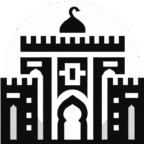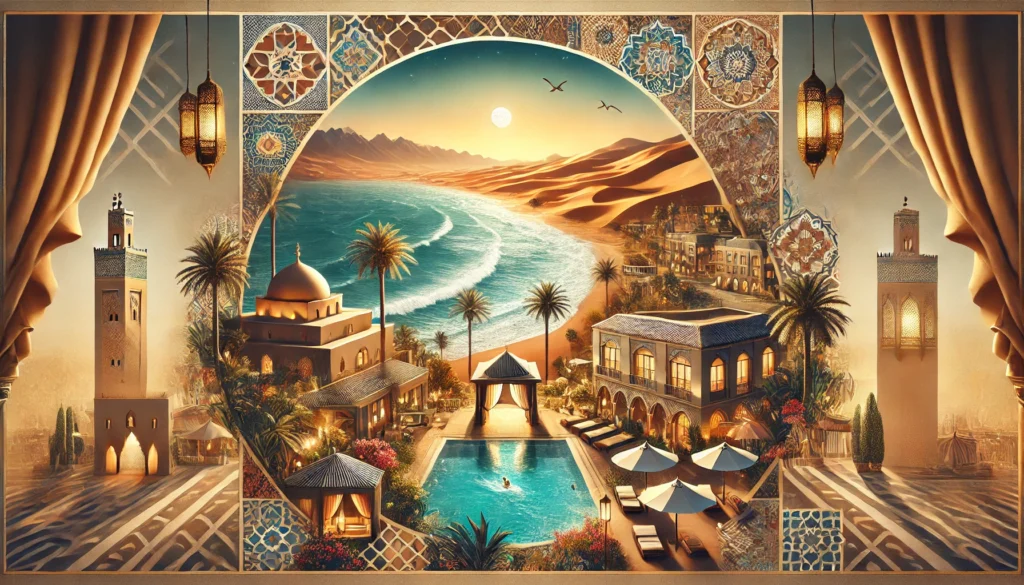Taking a trip to Morocco utilizes an unmatched cultural experience, where background, practice, and modernity combine. The country’s abundant linguistic landscape– mixing Arabic, Berber, and French, with a touch of Spanish– reveals its vibrant past and modern-day identification..Whether checking out bustling souks, browsing medinas, or taking pleasure in Moroccan hospitality, comprehending the languages and cultural nuances can raise your experience.
This overview dives deep right into Morocco’s linguistic variety, valuable interaction tips, and essential expressions to assist visitors make purposeful web links and discover the nation’s social richness.
The Linguistic Landscape of Morocco
1. Arabic: The Backbone of Moroccan Identity
Arabic, Morocco’s main language, is deeply woven right into the country’s social and religious fabric. It exists in two types:
– Modern Standard Arabic (MSA): Used in official contexts like education, media, and federal government.
– Darija (Moroccan Arabic): The colloquial dialect used in daily life. Darija has actually developed by blending Arabic with French, Berber, and Spanish, making it distinct from timeless Arabic.
Why Darija Is Essential for Travelers
While MSA could be testing to make use of conversationally, getting a couple of Darija expressions can help start the ball rolling with locals:
– Salam Alaikum: Peace be upon you (Hello).
– La shukran: No, thanks.
– Bzaf: Too much (beneficial throughout negotiating).
2. Tamazight: The Indigenous Voice of Morocco
Tamazight, is Morocco’s 2nd main language, acknowledged in 2011. It is commonly talked in backwoods and by Amazigh neighborhoods. Berber society and language have actually seen a revival, with colleges, signs, and media including it more regularly.
Tamazight Dialects in Morocco
- Tachelhit: Predominantly spoken in southern Morocco (e.g., Agadir, Souss-Massa region).
- Tamazight: Central Atlas region.
- Tarifit: Northern Rif area.
Vital Berber Phrases for Travelers
- Azul: Hello.
- Tanmmirt: Thank you.
- IH: Yes.
3. French: A Colonial Legacy
French serves as Morocco’s informal 2nd language, originating from its colonial history. Today, French controls business, education and learning, health care, and tourism, especially in urban centers like Casablanca, Rabat, and Marrakech.
Why French Is Vital for Travelers
Most signs, menus, and public transportation information are offered in French, making it importamt for navigating. Numerous Moroccans in cities are bilingual in Darija and French, so even a standard expertise of French can make your interactions smoother.
Key French Phrases for Visitors:
- Bonjour: Hello.
- Combien ça coûte?: How a lot does this cost?
- Je ne comprends pas: I do not understand.
4. Spanish: A Regional Accent
In northern Morocco, especially in cities like Tangier, Tetouan, and Chefchaouen, Spanish is typically talked. This impact comes from Spain’s historic visibility in tjhe area and its distance to Morocco. If you speak Spanish, you’ll locate it practical in these areas.
Social Tips for Navigating Morocco’s Languages
1. Greeting Etiquette
- Always begin with a greeting. In Morocco, politeness is key, and a friendly “Salam Alaikum” or “Bonjour” goes a long way.
- Use the appropriate titles. Address seniors or officials with respect using titles like “Sidi” (Sir) or “Lalla” (Madam).
2. Adjusting to Regional Variations
Morocco’s etymological choices can alter significantly based upon area:
– In metropolitan locations like Casablanca or Rabat, anticipate even more French and Darija.
– In country villages, Berber may be primary.
– Spanish is extra usual in north areas like Chefchaouen.
3. Accept Non-Verbal Communication
If language barriers continue, utilize gestures, faces, and visuals to communicate. Moroccans are patient and often ready to help tourists.
Practical Tools and Resources
1. Language Apps:
- Use Duolingo or Babbel to find out fundamental French or Arabic phrases.
- Learn Tamazight fundamentals making use of YouTube or specialized guides.
2. Phrasebooks:
Bring a pocket-sized FRench or Darija phrasebook for quick references.
3. Translation Apps:
– Google Translate is a helpful tool for instantaneous translations, especially for food selections or signs.
Secret Phrases for Travelers in Morocco
Arabic (Darija):.
- Shukran: Thank you.
- Kam thaman?: How much?
- Bslama: Goodbye.
French:.
- Parlez-vous anglais?: DO you talk English?
- Je voudrais …: I would certainly like …
- Merci beaucoup: Thank you significantly.
Tamazight:.
- Azul: Hello.
- Amek ssayi?: How are you?
- Tanmmirt nikh: Thank you (to a team).
The Role of Language in Moroccan Hospitality.
Moroccans deeply value hospitality, and making an initiative to communicate in the regional language is viewed as an indication of regard. Even if your pronunciation isn’t best, citizens commonly value the effort and react comfortably.
Making the Most of Morocco’s Linguistic Diversity.
Traveling to Morocco is a possibility to submerse on your own in its lively societies anbd languages. Whether talking Arabic in a bustling souk, speaking in French at a café, or learning Berber words in a rural town, each interaction enhances your experience. By embracing Morocco’s linguistic diversity, you’ll get much deeper insights right into the country’s practices anbd build significant connections in the process.



